Imagine, in the far, far future, long after you’ve died, you’ll eventually come back to life. So will everyone else whoever had a hand in the history of human civilization. But in this scenario, returning from the dead is the relatively normal part. The journey home will be a hell of a lot weirder than the destination.
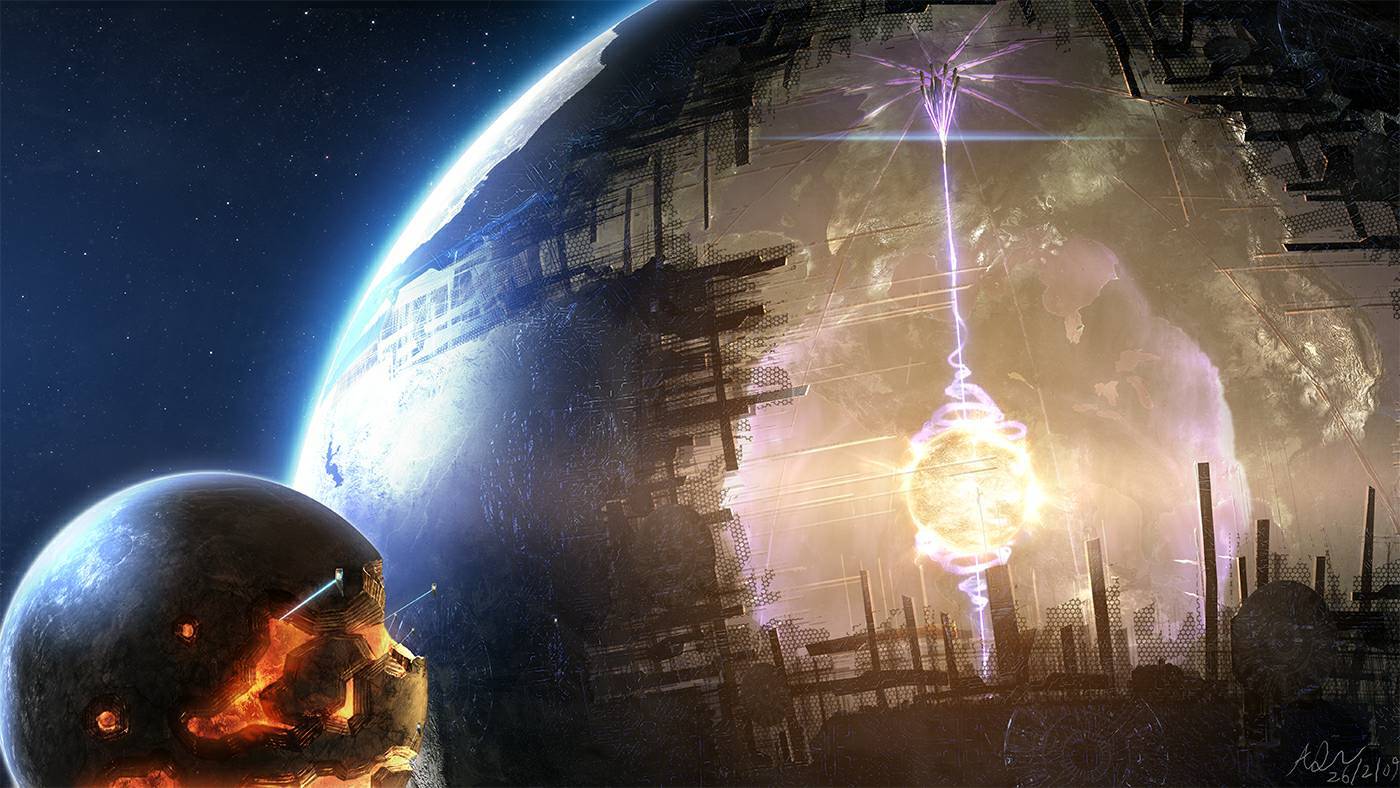
There is a group of Russian transhumanists and futurists who see it this way: A megastructure known as the Dyson Sphere could be exploited to fuel an artificial intelligence of complexity unimaginable at the moment but capable of harvesting the largest amount of digital memory from all available digital memories. It’s information of the deceased to reconstruct the exact digital copy, or something similar.
Once the operation is finished, that digital identity will be able, a bit like in San Junipero, the famous episode of the television series Black Mirror, to resume his life (or start a new one) in a kind of simulated reality. And even when the apparent evolution has come to an end, in that case, they will be transferred to a kind of simulated paradise.
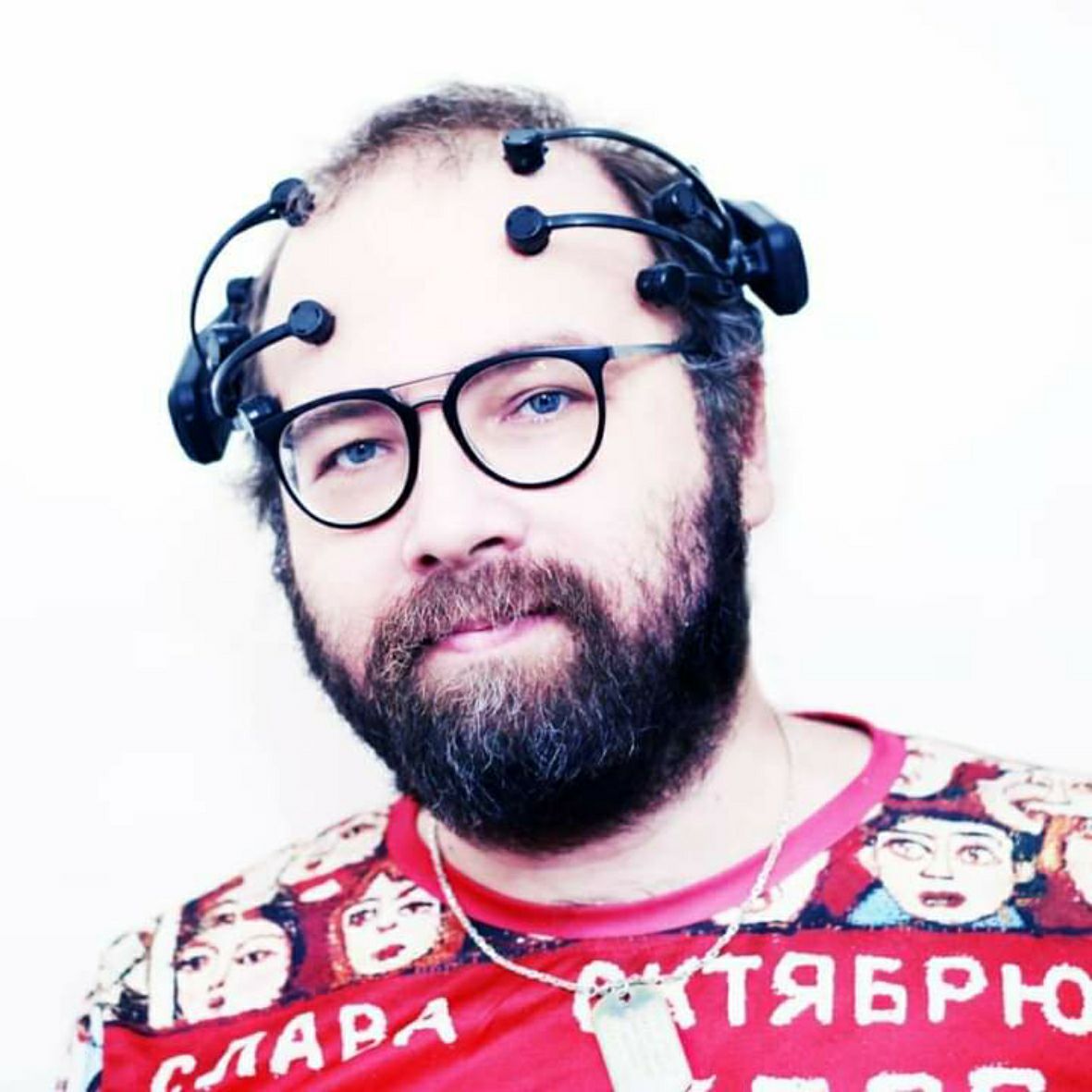
In addition to television series, the real idea is behind Alexey Turchin, who has been thinking about these issues since an 11-year-old schoolmate died as a child, and his colleague Maxim Chernyakov, in an article titled Classifying Approaches to the technological resurrection.
They have been working on it for several years and it actually constitutes their plan C for resurrection, as plans A, B, and D refer respectively to lengthening biological existence, perennial cryopreservation, and ambitious quantum immortality.
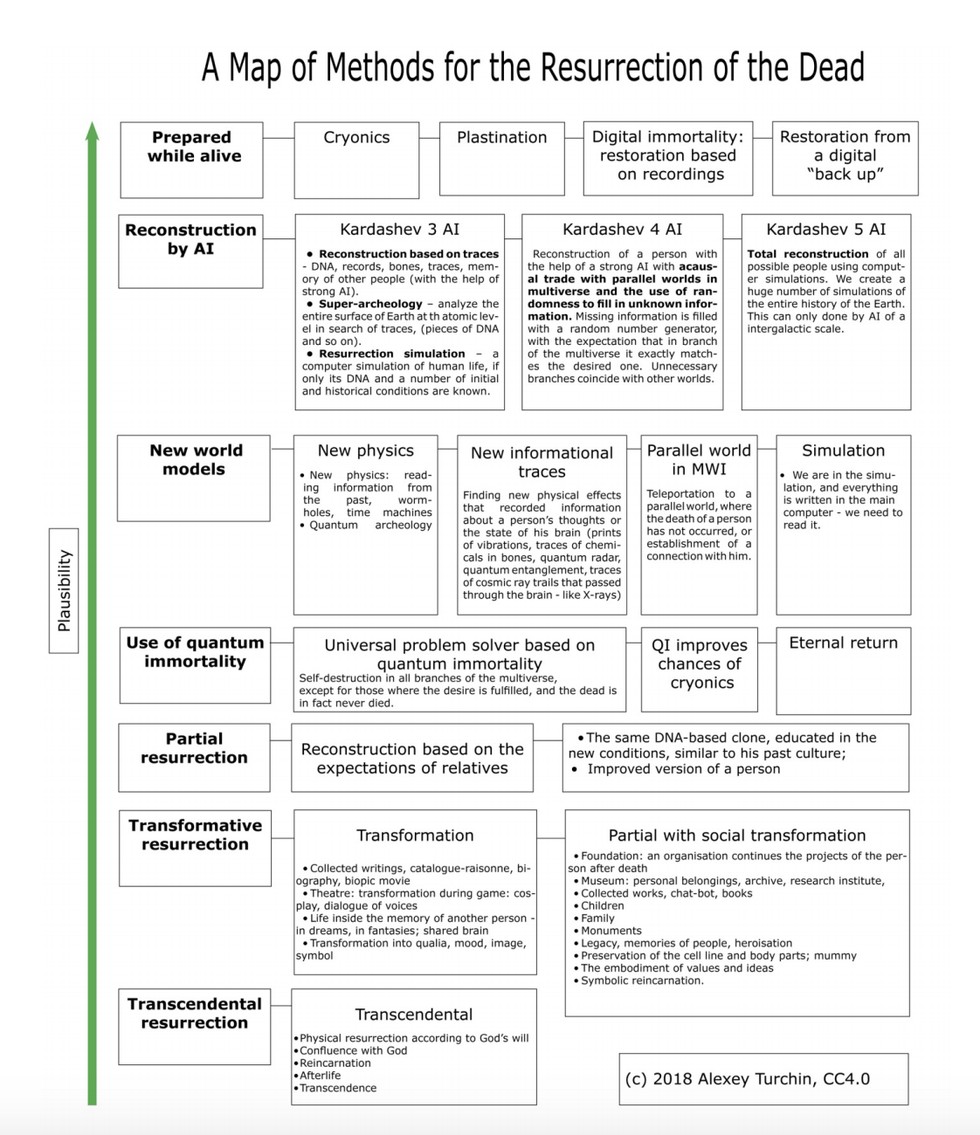
In 2007, Turchin began to actively participate in the Russian Transhumanist Movement, he also launched himself into politics and devoted himself body and soul to his Roadmap to Immortality, recording all aspects of his life and his days. For example, memorize every dream, every conversation, and the daily experiences you have.
He says that it is the necessary platform to ensure that the artificial intelligence of the future can give birth to a digital copy of it in the exact mental conditions and as faithful as possible to how it was in the “first” biological life.
The fundamental step, Turchin explains to PopMec, is this: once the digital copy is made, everything will be possible. For example, it will be possible for that remote future imagined by the transhumanist, integrating it into a replica of his organism artificially reproduced from traces of DNA.
The underlying problem is that it would be a matter of resuscitating, first of all in digital format, all human beings for whom there is a documented trace. Several billion people. An unsustainable operation from an energy and above all computational point of view. For this, the two futurologists explain, we need something like the Sun, a Dyson sphere to support the entire global resurrection operation.
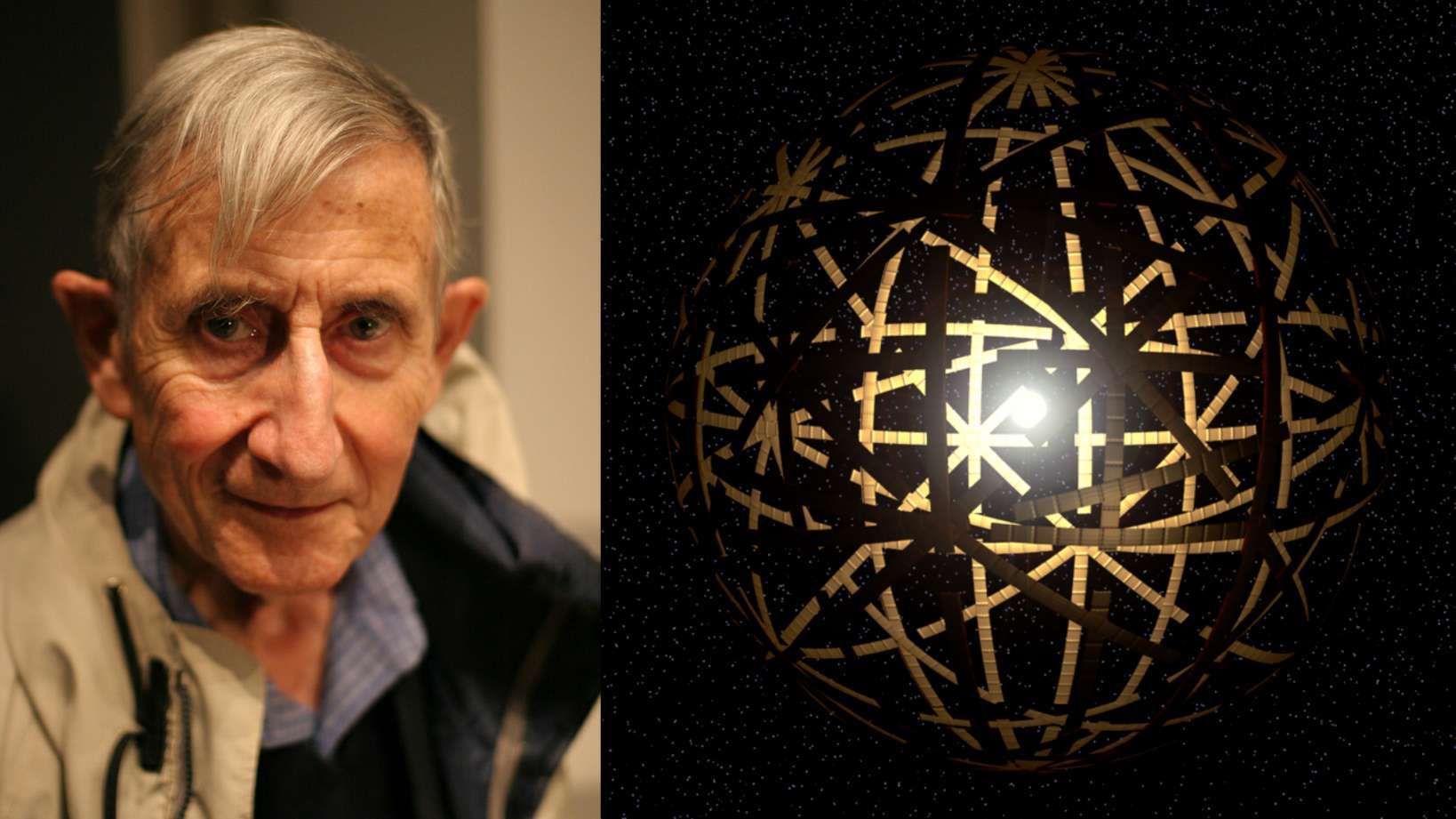
What is the Dyson sphere? A completely hypothetical megastructure imagined in 1960 by physicist Freeman Dyson in a 1960 study called “Search for artificial stellar sources of infrared radiation.” It is a kind of huge shell with which to wrap a stellar body to capture at least part of its monstrous energy released (in just one year our star emits something like 12 trillion joules, converting an infinitesimal part of its mass into energy). More than a single structure, a dense system of satellites dedicated to the conversion of solar energy, connected to each other.
This material, with all due respect from the very fervent late Dyson and also the Russian transhumanists, cannot be built. In fact, it will always be completely impractical, explains Stuart Armstrong of the Future of Humanity Institute at Oxford, an expert on megastructures.
The tensile strength required to prevent the hypothetical Dyson sphere from breaking on its own far exceeds that of any known material says the expert. Also, the structure would not gravitationally bind to its star in a stable way. If any part of the sphere were pushed closer to the star, for example by a meteorite impact, that part would preferentially be pulled towards the star, creating instability and collapsing the system.
Humans will not build such an energy machine. They will be, Turchin relaunches, the nanorobots that could first extract useful materials from some planet, and then use them to create such a surface. Even if we succeed, and in this we follow little more than the delusions of the Russian, the very concept of digital resurrection that effort would be directed does not seem to be possible.
Stephen Holler, professor of physics at Fordham University, says in fact that “it is not possible to subject someone to the same developmental conditions that he had in life, because this presupposes that all his developmental conditions are known.” There are too many things about a person’s story that we will never know that have shaped their existence – resurrecting someone in this way is really complex.
Perhaps it is possible to produce a “digital twin”, something a little different, which in any case will end up evolving into another person, a new entity when there is no data to really replicate where it comes from. In short, any digital copy will always be different from the organic original.
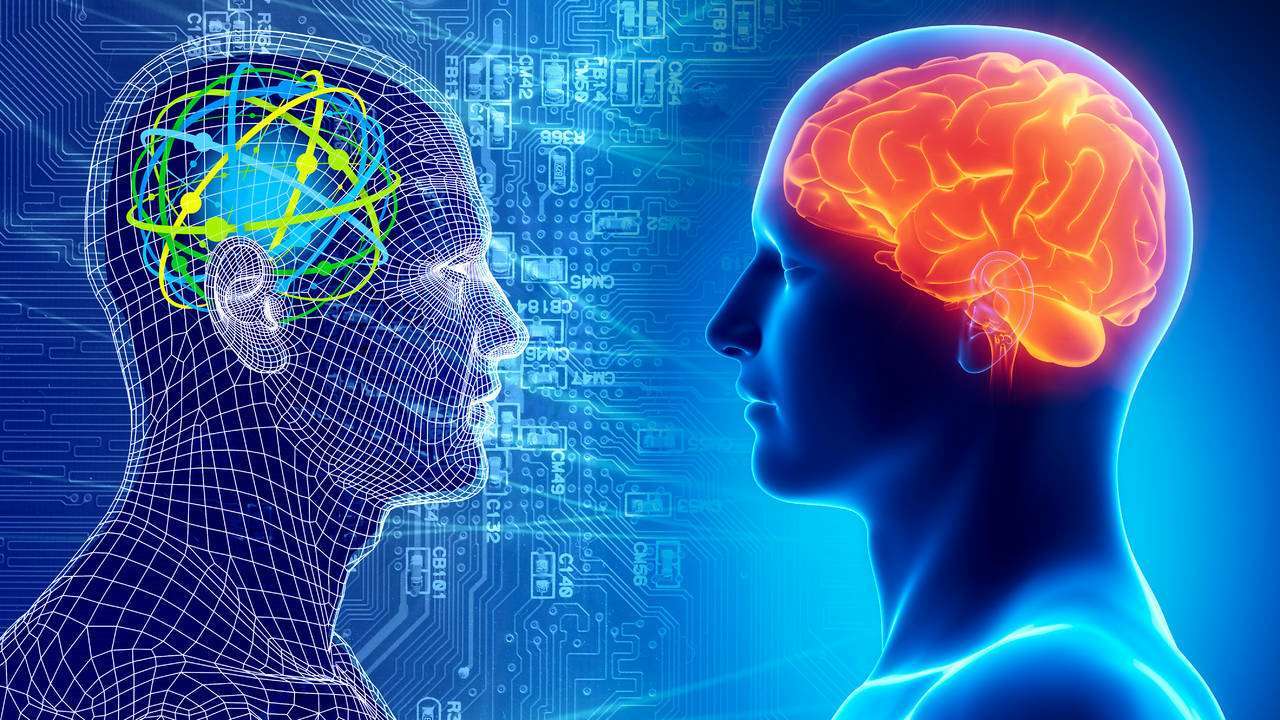
And then there is a problem intimately tied to the philosophical condition of human beings: who should ever be interested, asks Kelly Smith of Clemson University, in committing to a similar project from which “children will not benefit, but Nor are the children of the children of the children of the children, but human beings who will live perhaps in a thousand years?” Not to mention that at some point, really far away, the Sun will evolve into a supernova and the whole system will cease to exist.



